Will there be a 3D printer in every home?
Will there be a 3D printer in every home? One of the most common questions I hear and read. And everything would be fine if you did not have to answer this question. Recently, I have become so often explaining the same thing that I decided to write a separate article on this matter. Let's try to answer this question once and for all, based on news, market and history.
Introduction
The crux of the matter is technology diffusion, not technology creation. This, in my opinion, is an important clarification, since the creation of an innovation can occur by chance, and the application of technology in a private, closed manner for certain purposes may not be related in any way to the subsequent description. In order for my answer to be reasoned, I would like to rely on the main (in my opinion) components necessary precisely for the dissemination of an innovative product or technology to the masses:
- Economic benefit.When I talk about the economic benefit, I do not mean the benefit to the technology creator. I mean the benefit for all participants in the innovation diffusion process. The benefit is not in terms of reducing any costs when using the product, I do not mean that. If a new approach, product, technology allows all participants in the distribution to earn money, then the product will receive this distribution. Only the economic interest of all participants in the distribution makes the distributors move.
- Time frame. By time, I mean not a reduction in time to solve a particular problem using the product (for example, by using the product, we began to do something faster), but the time that the user should spend on studying this product. In fact, this is the time that the user needs to spend in order for him to learn how to use the innovation. In continuation of this paragraph, you can write a separate article, where frequent terms will be: user interface, ease of interaction, ease of maintenance, reaction speed, instructions, tips, etc. But this is a completely different story, and I think you got the essence.
- Majority acceptance. The market must be ready to accept innovation. Sometimes innovation is born before its need. That is, when the population, and as a consequence, the potential market, will be ready to accept the innovation, and the totality of other markets will allow, and in some cases help the innovation to spread, then the need will be opened.
It turns out that in order for an innovative technology to gain its development, it is necessary to observe directly some kind of parade of planets. All stars must match. And this can be foreseen. How? Good question. But first I would ask “when?”. When can we anticipate the spread of innovative technology? In my opinion, when one of the three points listed above went through a full cycle and came to its logical conclusion. Only if at least one of the points is fully fulfilled, we can judge and assume when the rest will be completed. Because, as my research experience shows, one has only to close one of the points, that's it. Wait for everyone else. And don't just wait, but wait and be ready!
Applied to 3D printing technologies, now Economic benefitfrom the proliferation of 3D printers is obvious. There are even companies that make money exclusively on the distribution of 3D printers. Dealer conditions offered by 3D printer manufacturers are also, for the most part, loyal to distributors. It's fine! Time framerequired to study interaction with a 3D printer to launch standard logical chains (starting printing, reloading material, servicing the printer) have already been worked out at their best. Starting a 3D printer is now no more difficult than, for example, turning on the computer and opening YouTube... However, what is preventing the widespread adoption of such an innovative technology as 3D printing now? Bye marketnot ready! I will try from big to small to explain why and answer the question posed in the topic of the article.
Where can I get 3D models?
The fact is that a 3D model is needed to run a 3D printer normally. A 3D model is a digital form of a future product. The 3D model defines what exactly the 3D printer will print. There are 3 types of 2D models: polygonal (organic) and parametric (solid). The difference is that polygonal models are created by positioning a large number of triangles relative to each other, connected along the sides. Solid models are defined by equations and formulas. Creation and editing of 3D models takes place in special editors. As with conventional 2D printing, I need to have a digital image. Which in turn can be raster or vector. With a raster it is simpler, with a vector a little more complicated, but you can set all the lines with equations. Try drawing a 3D model using equations. Of course, you can easily set standard shapes with a parametric equation, but what to do with models of complex geometry, organic models and, God forbid, models bionic design? Why I draw analogies with vector and bitmap images you will understand a little further. But, as in the case of 3D models, editing a raster or vector image takes place in special editors. However, to get a flat image, I just need to photograph. And that's all. The image is ready. You can print. Or just type in Word, the printable page is ready. Very narrow time framerequired to study the process of obtaining a 2D image allow you to easily master the process of 2D printing, because you just have to click on the "print" button. So far, the process of creating a 3D model is not as easy as using Word. Therefore, the programs themselves for creating and editing 3D models are not widely used. Beyond the broad time frameto study 3D modeling programs, the user interface and the complexity of the perception of volume at the moment do not allow the majority to accept such software. This is one of the limiting factors for the spread of 3D printers to the masses. Of course, technology does not stand still, programs for creating 3D models are becoming friendlier, smarter and easier to learn every year. Even Microsoft released the so-called 3D paint in the latest versions of their operating system. But creating a model requires other highly specialized knowledge: engineering or art. Sorry, but to turn on the electric kettle in the kitchen, I don't have to be an engineer or an artist.
There is of course 3D scanning technology. But to take a simple image, I just need to get my smartphone out of my pants and take a picture. And to make a 3D scan, I need to get an entire laboratory out of a suitcase, be able to assemble it, and then be able to process the scan results. So also this laboratoryBuy a 3D scanner. Do you know how much they cost? A lot of! So far, this does not fit in any way with pressing two buttons on the MFP to make a copy of the page. Although attempts to simplify the process, even in the case of a smartphone, are underway: for example, the company Samsung launches new smartphone with 3D scanning supportand Apple has been scanning your faces with Face ID for a long time.
So? So you have to wait until everyone has learned how to create 3D models? I think no! It seems to me that there will be systems for searching for 3D models. Something like Yandex or Google, only for volumetric models. Or maybe Google or Yandex themselves will make a separate tab “3D-models” along with “Pictures”, “Video” or “Music”. Imagine, you hammer the part code into your car, and here you have a 3D model. Buy or download for free. Or just search by name, such as toothbrush holder. And then, having a 3D printer in my home or office at work becomes more useful than ever. I won't even lift my lazy ass anywhere to go for office utensils or for a soap holder, for example.
I read a little here, and you know what? The development of such systems is already underway. As an example, Physna has raised $ 6,9 million to develop a 3D model search engine. Can you imagine? You will soon be able to find everything you need there. And some other pipes, fittings, plugs and a bunch of household or office utensils. Or maybe a part for a car? Will it survive? And it depends on how to print and from what material. How do you know? But only from the manufacturer, who has already checked and wrote the parameters under the model. In general, the guys have something to work on.
How to prepare a control program?
The 3D model doesn't stop there. After receiving the 3D model, you need to translate it into a language that the 3D printer can understand. What it means: After choosing the parameters, the software must split the model into layers and design the 3D printing process. There is a large number of software that allow you to prepare control programs for 3D printers. But I can say with deep conviction that at the time of this writing, no program allows you to prepare code in a fully automatic mode. That is, simply "threw the model -> pressed the print button" will not work. Although in a couple of years the software will be fine-tuned. As one smart man said, quantity gives birth to quality. Now manufacturers leave many moments for the user. What so far has a negative effect on time frame, which I need to spend on studying parameters such as layer height, fill, retraction, extrusion width. Lord, how difficult it is. I just want to download a 3D model of my toothbrush holder and get it in the morning. And let the print parameters be pulled from the file of the model itself.
Laws of technology development
Any innovation develops in approximately the same patterns. The only difference is that each new innovation develops faster than the previous one, since it already builds on the previous ones. That is, the rate of development (spread) of innovations with each new case is faster in time. The technologies that are being developed are those that fit into a kind of time spiral, which has a conical shape. In order to explain with an example, let's take the development of the personal computer market as a basis.
When the first computers appeared, there were companies that leased the computing power of their computers. So to speak, they took money for an hour of using their computer. Something like 3D printing studios nowadays. An hour of work for a 3D printer costs some money. If you want, take it and print it yourself, if you want we will print it for you, no difference. However, in the process of development and distribution of a set of factors influencing the distribution of PCs, the need for such companies has disappeared. Well, who needs such centers now, if I can already do all the calculations on my smartphone. Only the application needs to be downloaded, it's business. You don't even need to know the programming language =). However, such companies did not leave at all. Some have survived. Who exactly? Large data centers. Now you are sitting in the office and the power of your PC is low. For example, you need to render animation. We rent space in such centers via the Internet and continue to work there. Huge squares dotted with servers, video cards, etc. That is, it turns out that if to obtain a product I use a technology that I have already created, then in order to quickly obtain a certain series of such a product, I only need an increase in power? Production capacity. Let's draw an analogy with a 3D printer. I have a 3D printer at home or in office. If I made or bought a 3D model and adjusted the print parameters I needed, and I need to get 200 or 500 of such products, then, in fact, I only need a power increase? And what am I doing. I contact companies that have large 3D printing capacities. The so-called 3D farms.
But does every home now have a computer? We will assume that in each. Of course, keeping in mind those citizens who, in view of the living conditions or the region, cannot have a PC, although one way or another they interact with it. At the same time, let's not forget that the first computer appeared in 1945, and in the USSR in 1950, created the greatest scientist, a graduate of the Moscow State Technical University. N.E.Bauman, Lebedev, Sergei Alekseevich... That is, it took 60 years for us to fully experience the fullness of computer technology, although personally I got a computer about 15 years ago, and the first computer in my family appeared 20 years ago. That is, the proliferation process began its active stage more than 50 years after the first device appeared. Let me remind you that the first 3D printer appeared in 1985. If we draw a rough analogy with a PC (computer), then the peak of distribution of 3D printers will be in 2035. And I think that 5-7 years earlier. And that's why:
- Development of VR and AR technologies.As a result, the accumulation of a database of 3D models, which can be used for file exchange, including 3D printing.
- Equipment.Machines such as MIMAKI or Arcam show that already now a 3D printer can produce a finished, fully functional product that is superior in terms of its performance to products obtained by alternative production methods. The development of the market will lead to a reduction in the cost of production of such machines. There will be 3D printers capable of printing with dissimilar materials.
- Banking sector.Additive technologies are on the second line of recommended investments. And they have calculations there that are more serious than my reasoning.
- Overall popularity.3D printing is trendy. Movies, cartoons, media industry. Everyone uses 3D printing as a kind of innovation tool, which fits perfectly into the concept of technology diffusion.
- High-quality support from the state. sector.Including the defense industry.
- Other pluses.Convenience, lack of equipment, flexibility of technology and other advantages that I wrote about earlier.
How much do we believe in this?
And just as much as our efforts, funds and nerves were enough to implement our platforms for viewing 3D models and automatically placing an order for 3D printing as in WEB spaceAnd on smartphones... We were the first in Russia to start building our own 3D farms.
By investing money and energy in such products, we do not just count on profit, we believe in Additive Technologies! A little more than 10 years have passed since this article was written, how a 3D printer will stand, if not in every home, then in every office for sure!

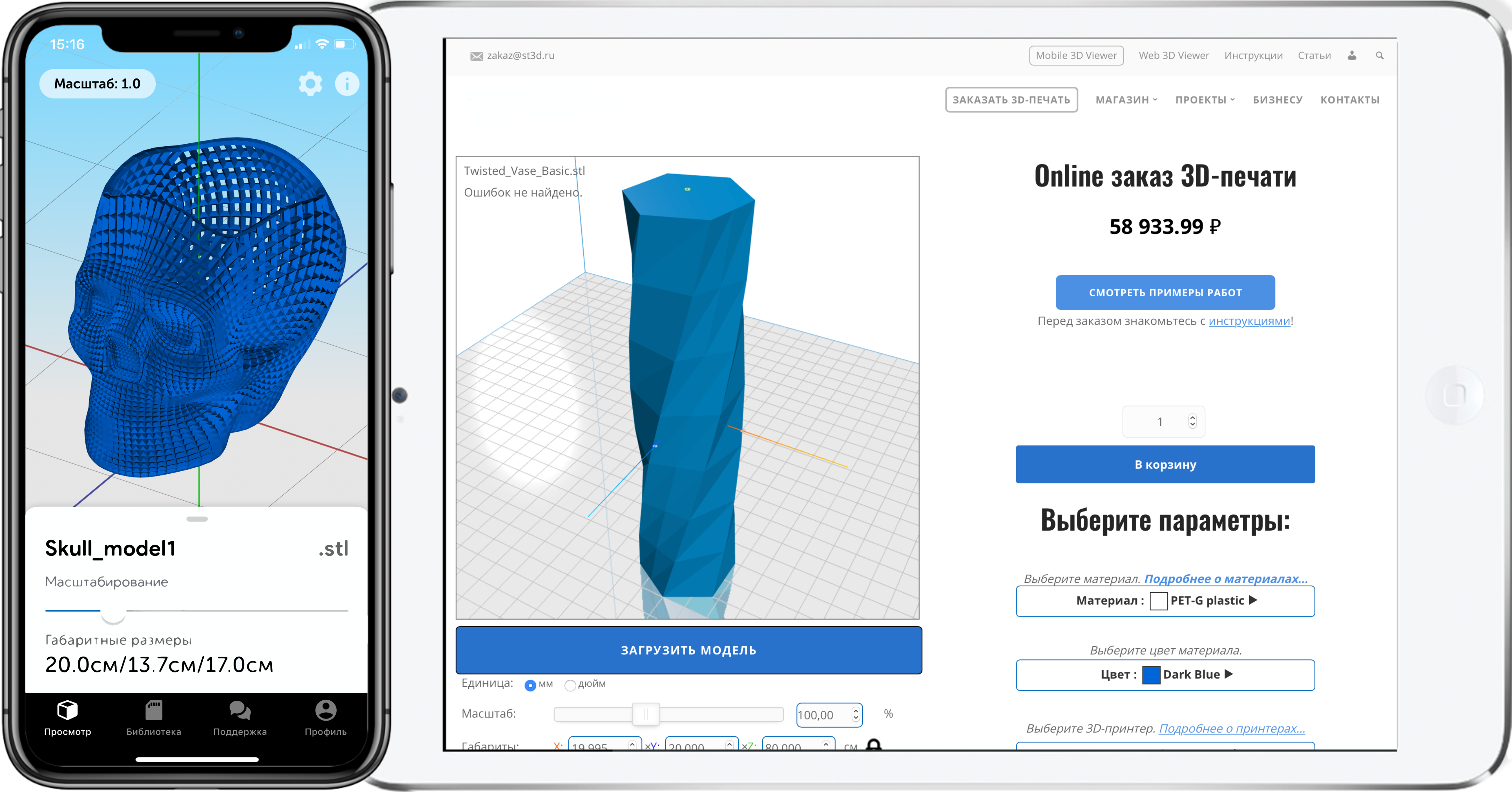




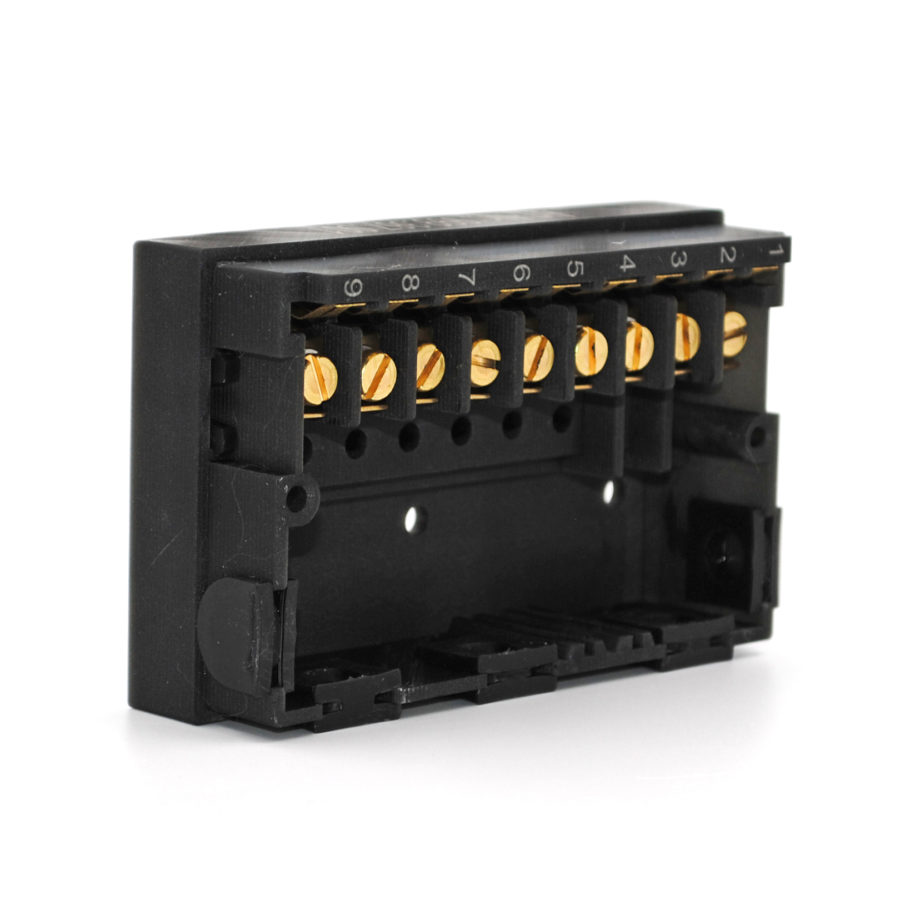
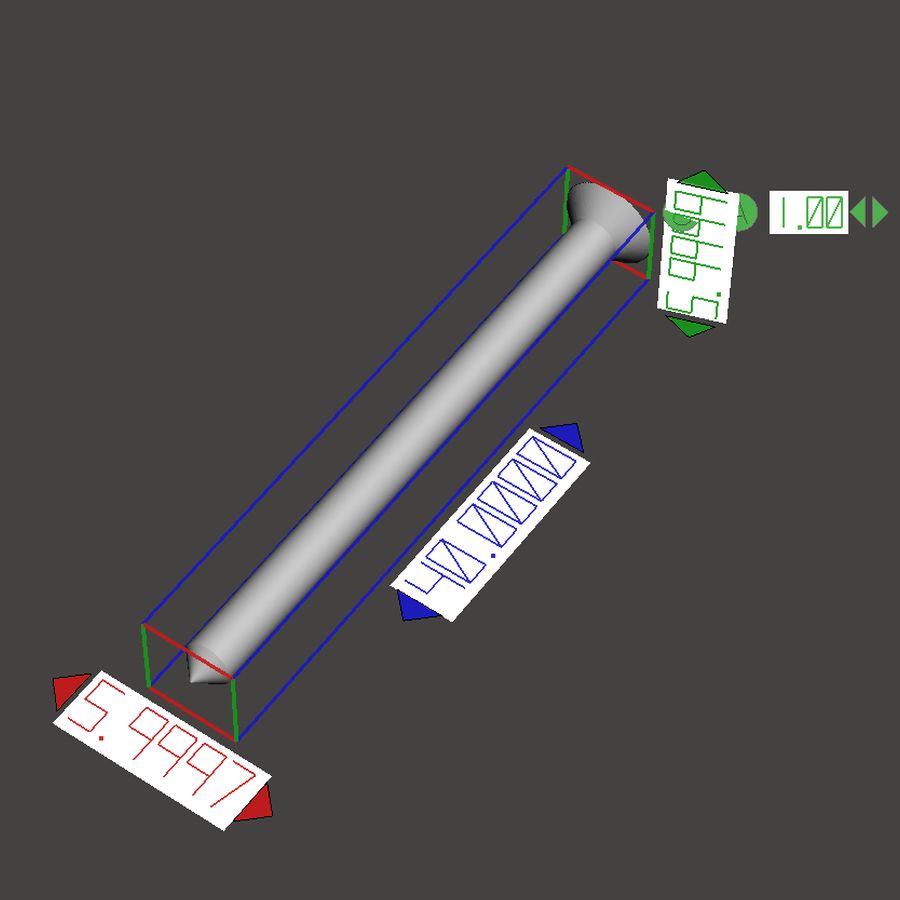
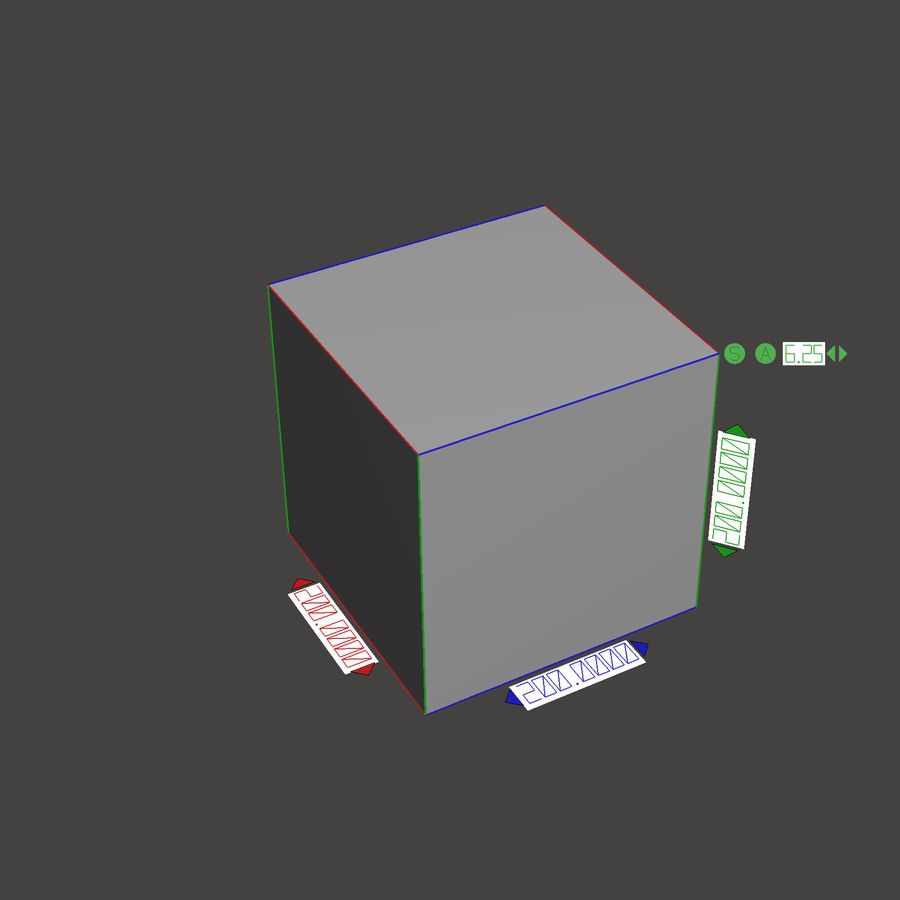
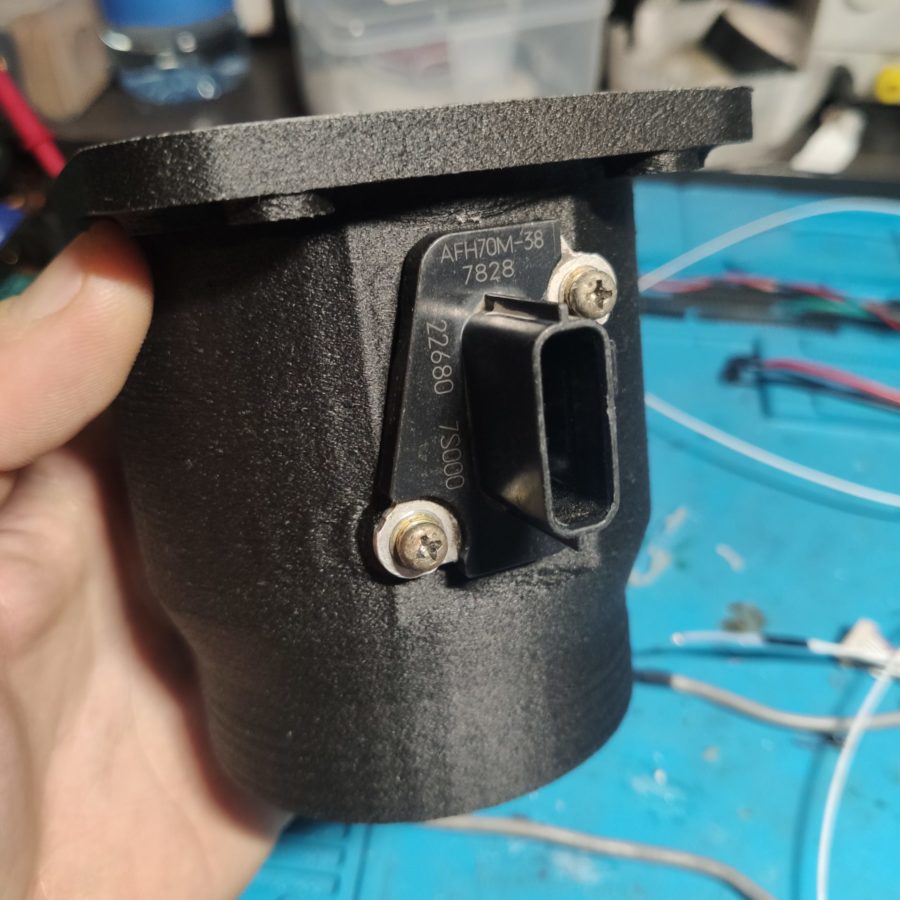




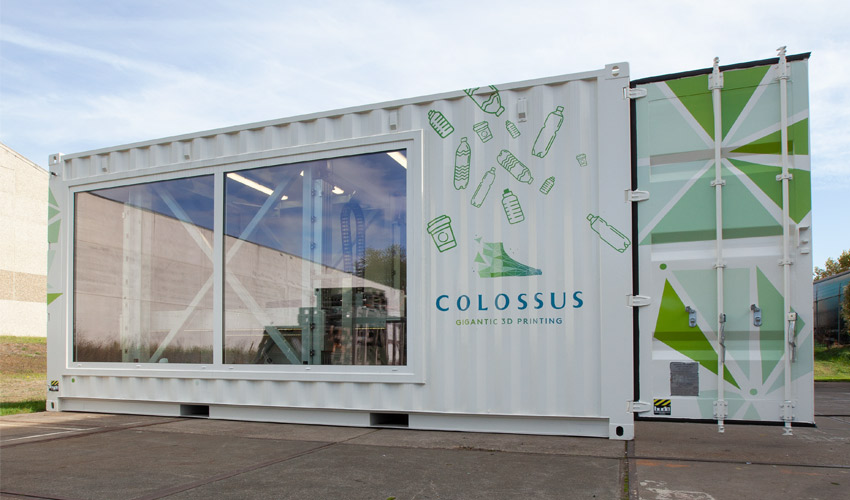

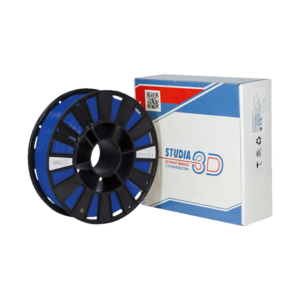
Author: Studia3D aggregator
More articles from Studia3D aggregator